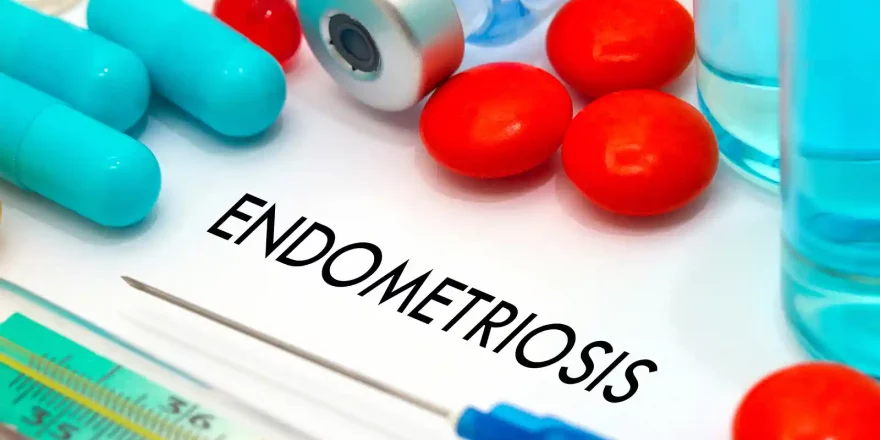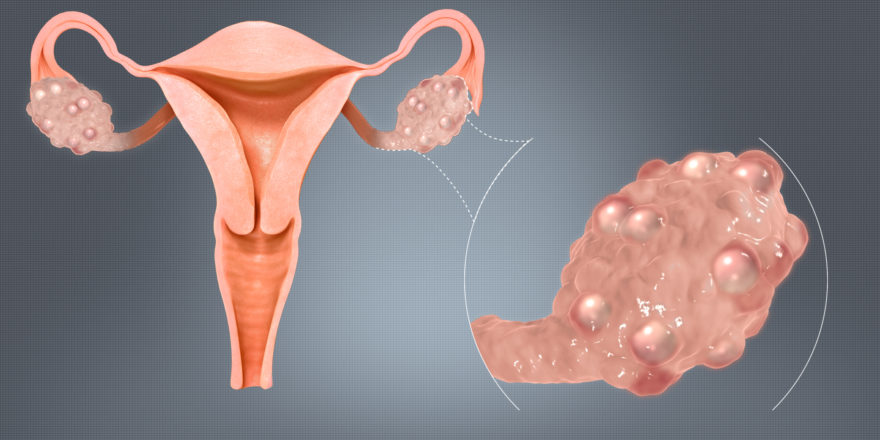We live in an environment awash with novel chemicals, and most of the time, “out of sight is out of mind”. Most manufactured chemicals are designed to be as efficient as possible, or the properties that make them excellent for one task have unforeseen actions that affect our health. Nature is full of potent chemicals that make a difference, bu...
Diagnostic Options
Diagnostic options for endometriosis are traditionally a significant challenge that typically causes delays of about 4-11 years from the onset of symptoms. However, some exciting new potential options are emerging that could transform the difficult journey many women take. The current estimates are that endometriosis affects: Around 10-15% of...
Sites, Types & Symptoms
Endometriosis is a complex disease with a confusing variety of types, sites and symptoms. The condition is mainly, but not always, in the lower abdomen; there are three distinct types of endometriosis lesions, and pain is the main symptom. Diagnosis usually takes so long that experienced researchers have suggested that symptoms and infertility...
Causes
The causes of endometriosis appear to start while a baby girl is developing in the womb, and finding the disease in pre-pubescent girls supports this idea. We know that abnormal sex hormone levels, an imbalanced immune system and inflammation combine to drive the disease, with the vast majority of cases found in women of childbearing age. Endo...
Diagnosis of Endometriosis
Endometriosis is very poorly diagnosed, and it usually takes up to 11 years from when symptoms were first reported. This is a significant issue for women hoping to get pregnant as it’s a major cause of infertility and affects 10-15% of women in the general population. Endometriosis reduces monthly conception rates by 50%, and it affects 35-50%...
Standard Treatments
The standard treatments for endometriosis are a bit of a problem for women trying to conceive as there isn’t an ideal diagnosis or treatment option. Laparoscopy is the “Gold Standard” and only definitive diagnosis option, and surgical removal of superficial endometriosis and endometriomas is usually performed by laparoscopy at the time of diag...
PCOS Blood Tests
Additional blood tests to rule out conditions often seen alongside PCOS and to find the cause of the condition is recommended. Blood tests are usually very accessible, and the five tests morefertile recommends are: Fasting glucose Fasting glucose (blood sugar) levels (or other tests for glucose intolerance and insulin resistance) are efficient...
Symptoms & Conditions
Polycystic ovary syndrome causes a range of symptoms because of abnormal hormone levels, including changes to menstrual cycle patterns and an increased risk of other health conditions. Hormones The crucial feature of PCOS is elevated androgens (male hormones), particularly testosterone. However, other hormones are involved in the condition, an...
Types of Polycystic Ovaries
There are different types of polycystic ovaries, and which type a woman has makes a huge difference to her chances of conceiving. Millions of women have polycystic ovaries, but they don’t all have fertility issues because it can be perfectly normal for them to have many large follicles in their ovaries (the “cysts”). The problem as far as con...
Diagnosis Criteria
The diagnosis of PCOS is a problem as more than one criteria are in use, and diagnosis rates vary significantly between them. The other issue is our understanding of PCOS has also changed considerably in the last five years, plus there are significant issues using the same criteria for adults and teenagers. Most clinicians use the Rotterdam Cr...








